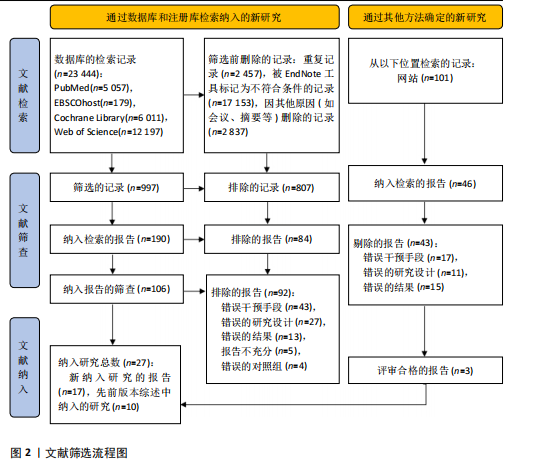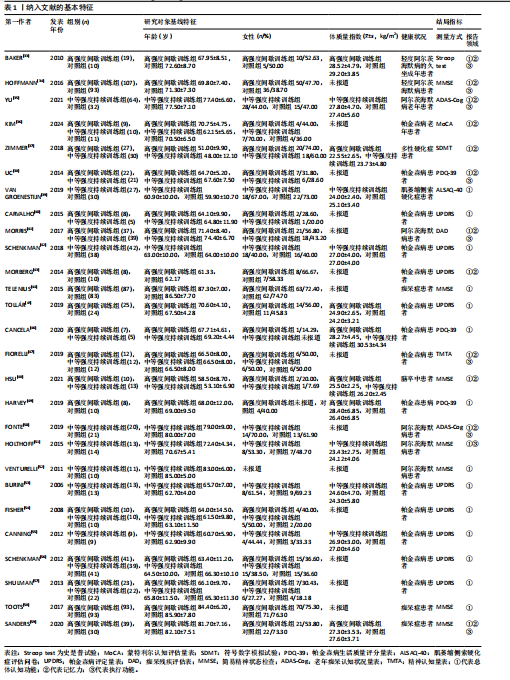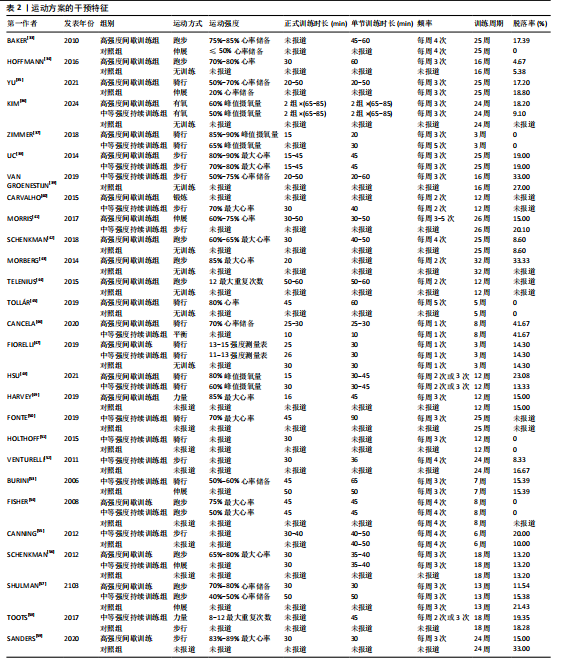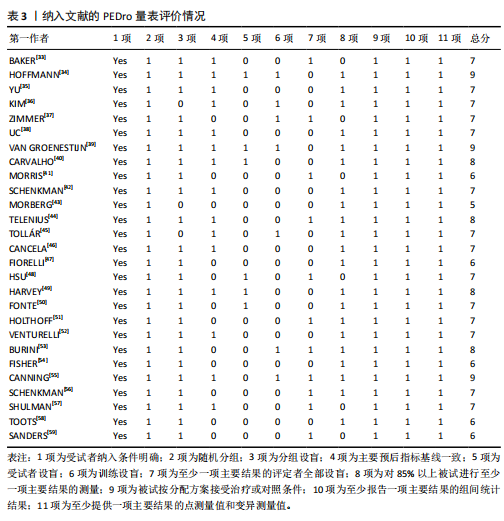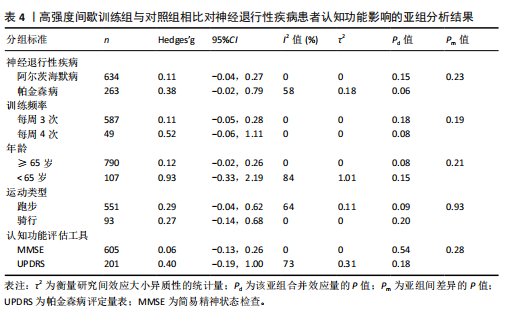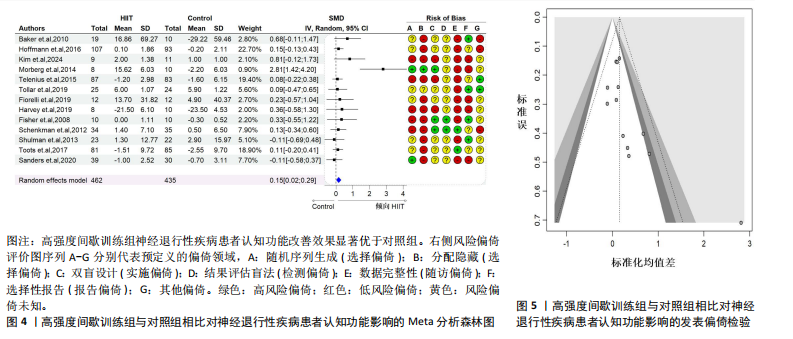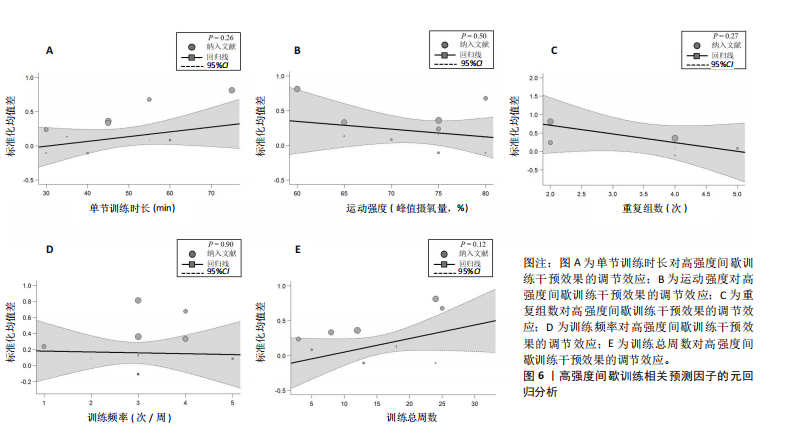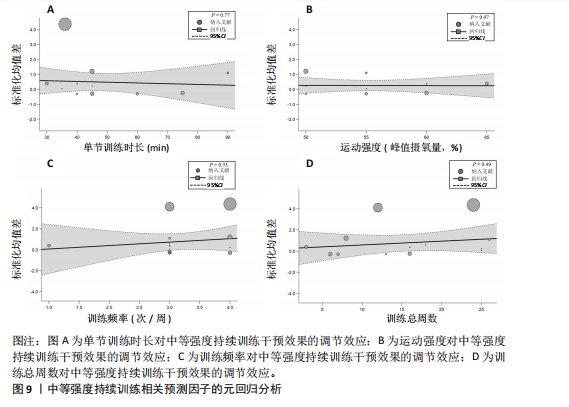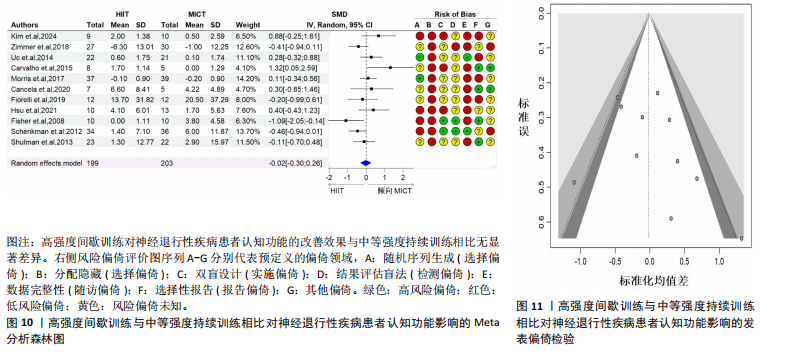[1] AMOR S, PUENTES F, BAKER D, et al. Inflammation in neurodegenerative diseases. Immunology. 2010;129(2):154-169.
[2] GUO Q, LEHMER C, MARTÍNEZ-SÁNCHEZ A, et al. In situ structure of neuronal C9orf72 poly-GA aggregates reveals proteasome recruitment. Cell. 2018;172(4):696-705.e12.
[3] GITLER AD, DHILLON P, SHORTER J. Neurodegenerative disease: Models, mechanisms, and a new hope. Dis Model Mech. 2017;10(5):499-502.
[4] SELKOE DJ. Treatments for alzheimer’s disease emerge. Science. 2021;373(6555): 624-626.
[5] ARMSTRONG MJ, OKUN MS. Diagnosis and treatment of parkinson disease: A review. JAMA. 2020;323(6):548-560.
[6] TABRIZI SJ, SCHOBEL S, GANTMAN EC, et al. A biological classification of huntington’s disease: The integrated staging syste. Lancet Neurol. 2022;21(7):632-644.
[7] ZHANG S, ZHEN K, SU Q, et al. The effect of aerobic exercise on cognitive function in people with alz[heimer’s disease: A systematic review and meta-analysis of randomized controlled trials. Int J Environ Res Public Health. 2022;19(23):15700.
[8] SACHS GA, CARTER R, HOLTZ LR, et al. Cognitive impairment: An independent predictor of excess mortality: a cohort study. Ann Intern Med. 2011;155(5):300-308.
[9] TAHAMI MONFARED AA, BYRNES MJ, WHITE LA, et al. The humanistic and economic burden of alzheimer’s disease. Neurol Ther. 2022;11(2):525-551.
[10] GUBERT C, HANNAN AJ. Exercise mimetics: Harnessing the therapeutic effects of physical activity. Nat Rev Drug Discov. 2021; 20(11):862-879.
[11] LIU J, MIN L, LIU R, et al. The effect of exercise on cerebral blood flow and executive function among young adults: A double-blinded randomized controlled trial. Sci Rep. 2023;13(1):8269.
[12] DOUGHERTY RJ, BOOTS EA, LINDHEIMER JB, et al. Fitness, independent of physical activity is associated with cerebral blood flow in adults at risk for alzheimer’s disease. Brain Imaging Behav. 2020;14(4):1154-1163.
[13] ISO-MARKKU P, KUJALA UM, KNITTLE K, et al. Physical activity as a protective factor for dementia and alzheimer’s disease: Systematic review, meta-analysis and quality assessment of cohort and case-control studies. Brit J Sport Med. 2022;56(12):701-709.
[14] YU F, SALISBURY D, MATHIASON MA. Inter-individual differences in the responses to aerobic exercise in alzheimer’s disease: Findings from the FIT-AD trial. J Sport Health Sci. 2021;10(1):65-72.
[15] ENETTE L, VOGEL T, MERLE S, et al. Effect of 9 weeks continuous vs. interval aerobic training on plasma BDNF levels, aerobic fitness, cognitive capacity and quality of life among seniors with mild to moderate alzheimer’s disease: a randomized controlled trial. Eur Rev Aging Phys Act. 2020;17:1-16.
[16] OLNEY N, WERTZ T, LAPORTA Z, et al. Comparison of acute physiological and psychological responses between moderate-intensity continuous exercise and three regimes of high-intensity interval training. J Strength Cond Res. 2018;32(8):2130-2138.
[17] 殷明越,陈志力,李汉森,等.碎片化运动: 兼具应用可行性与健康促进效果的新策略[J].西安体育学院学报,2023,40(5):615-627.
[18] RAMOS JS, DALLECK LC, TJONNA AE, et al. The impact of high-intensity interval training versus moderate-intensity continuous training on vascular function: A systematic review and meta-analysis. Sports Med. 2015;45(5):679-692.
[19] KATHIA MM, DUPLEA SG, BOMMARITO JC, et al. High-intensity interval versus moderate-intensity continuous cycling training in parkinson’s disease: A randomized trial. J Appl Physiol. 2024; 137(3):603-615.
[20] O’CALLAGHAN A, HARVEY M, HOUGHTON D, et al. Comparing the influence of exercise intensity on brain-derived neurotrophic factor serum levels in people with parkinson’s disease: a pilot study. Aging Clin Exp Res. 2020;32(9):1731-1738.
[21] HUGUES N, PELLEGRINO C, RIVERA C, et al. Is high-intensity interval training suitable to promote neuroplasticity and cognitive functions after stroke? Int J Mol Sci. 2021; 22(6):3003.
[22] AHMADI S, BÉLANGER M, O’BRIEN MW, et al. Acute effects of high-intensity interval training and moderate-intensity continuous training on executive functions in healthy older adults. Sci Rep. 2025;15(1):6749.
[23] JUnG BK, KIM K. Effects of 12 weeks of moderate-intensity continuous exercise and high-intensity interval exercise on cognitive function in elderly subjects. Asian J Kinesiol. 2024;26(2):48-58.
[24] TAYLOR JL, BARNES JN, JOHNSON BD. The utility of high intensity interval training to improve cognitive aging in heart disease patients. Int J Environ Res Public Health. 2022;19(24):16926.
[25] TSAI CL, PAN CY, TSENG YT, et al. Acute effects of high-intensity interval training and moderate-intensity continuous exercise on BDNF and irisin levels and neurocognitive performance in late middle-aged and older adults. Behav Brain Res. 2021;413:113472.
[26] COATES AM, JOYNER MJ, LITTLE JP, et al. A perspective on high-intensity interval training for performance and health. Sports Med. 2023;53(Suppl 1):85-96.
[27] CUMPSTON M, LI T, PAGE MJ, et al. Updated guidance for trusted systematic reviews: A new edition of the cochrane handbook for systematic reviews of interventions. Cochrane Database Syst Rev. 2019;10(10):ED000142.
[28] MAHER CG, SHERRINGTON C, HERBERT RD, et al. Reliability of the PEDro scale for rating quality of randomized controlled trials. Phys Ther. 2003;83(8):713-721.
[29] NAKAGAWA S, NOBLE DWA, SENIOR AM, et al. Meta-evaluation of meta-analysis: Ten appraisal questions for biologists. BMC Biol. 2017;15(1):18.
[30] EGGER M, DAVEY SMITH G, SCHNEIDER M, et al. Bias in meta-analysis detected by a simple, graphical test. BMJ. 1997; 315(7109):629-634.
[31] PETERS JL, SUTTON AJ, JONES DR, et al. Contour-enhanced meta-analysis funnel plots help distinguish publication bias from other causes of asymmetry. J Clin Epidemiol. 2008;61(10):991-996.
[32] EKERDT DJ. Frontiers of research on work and retirement. J Gerontol B-Psychol. 2010; 65(1):69-80.
[33] BAKER LD, FRANK LL, FOSTER-SCHUBERT K, et al. Effects of aerobic exercise on mild cognitive impairment: a controlled trial. JAMA Neurol. 2010;67(1):71-79.
[34] HOFFMANN K, SOBOL NA, FREDERIKSEN KS, et al. Moderate-to-high intensity physical exercise in patients with alzheimer’s disease: A randomized controlled trial. J Alzheimers Dis. 2016;50(2):443-453.
[35] YU F, VOCK D M, ZHANG L, et al. Cognitive effects of aerobic exercise in alzheimer’s disease: A pilot randomized controlled trial. J Alzheimers Dis. 2021;80(1):233-244.
[36] KIM R, CHOI S, KANG N, et al. Effects of high-intensity interval training and moderate-intensity continuous training on non-motor symptoms in patients with parkinson’s disease: a randomised pilot trial. J Neurol Neurosurg Psychiatry. 2024;95(9):886-888.
[37] ZIMMER P, BLOCH W, SCHENK A, et al. High-intensity interval exercise improves cognitive performance and reduces matrix metalloproteinases-2 serum levels in persons with multiple sclerosis: A randomized controlled trial. Mult Scler. 2018;24(12):1635-1644.
[38] UC EY, DOERSCHUG KC, MAGNOTTA V, et al. Phase I/II randomized trial of aerobic exercise in parkinson disease in a community setting. Neurology. 2014; 83(5):413-425.
[39] VAN GROENESTIJN AC, SCHRÖDER CD, VAN EIJK RPA, et al. Aerobic exercise therapy in ambulatory patients with ALS: a randomized controlled trial. Neurorehabil Neural Repair. 2019;33(2):153-164.
[40] CARVALHO A, BARBIRATO D, ARAUJO N, et al. Comparison of strength training, aerobic training, and additional physical therapy as supplementary treatments for parkinson’s disease: Pilot study. Clin Interv Aging. 2015;10:183-191.
[41] MORRIS JK, VIDONI ED, JOHNSON DK, et al. Aerobic exercise for alzheimer’s disease: A randomized controlled pilot trial. PLoS One. 2017;12(2):e0170547.
[42] SCHENKMAN M, MOORE CG, KOHRT WM, et al. Effect of high-intensity treadmill exercise on motor symptoms in patients with de novo parkinson disease: A phase 2 randomized clinical trial. JAMA Neurol. 2018;75(2):219-226.
[43] MORBERG BM, JENSEN J, BODE M, et al. The impact of high intensity physical training on motor and non-motor symptoms in patients with parkinson’s disease (PIP): a preliminary study. Neurorehabilitation. 2014;35(2):291-298.
[44] TELENIUS EW, ENGEDAL K, BERGLAND A. Long-term effects of a 12 weeks high-intensity functional exercise program on physical function and mental health in nursing home residents with dementia: A single blinded randomized controlled trial. BMC Geriatr. 2015;15:158.
[45] TOLLÁR J, NAGY F, HORTOBÁGYI T. Vastly different exercise programs similarly improve parkinsonian symptoms: A randomized clinical trial. Gerontology. 2019;65(2):120-127.
[46] CANCELA JM, MOLLINEDO I, MONTALVO S, et al. Effects of a high-intensity progressive-cycle program on quality of life and motor symptomatology in a parkinson’s disease population: A pilot randomized controlled trial. Rejuvenation Res. 2020;23(6):508-515.
[47] FIORELLI CM, CIOLAC EG, SIMIELI L, et al. Differential acute effect of high-intensity interval or continuous moderate exercise on cognition in individuals with parkinson’s disease. J Phys Act Health. 2019;16(2):157-164.
[48] HSU CC, FU TC, HUANG SC, et al. Increased serum brain-derived neurotrophic factor with high-intensity interval training in stroke patients: A randomized controlled trial. Ann Phys Rehabil Med. 2021;64(4):101385.
[49] HARVEY M, WESTON KL, GRAY WK, et al. High-intensity interval training in people with parkinson’s disease: A randomized, controlled feasibility trial. Clin Rehabil. 2019;33(3): 428-438.
[50] FONTE C, SMANIA N, PEDRINOLLA A, et al. Comparison between physical and cognitive treatment in patients with MCI and alzheimer’s disease. Aging. 2019; 11(10):3138-3155.
[51] HOLTHOFF VA, MARSCHNER K, SCHARF M, et al. Effects of physical activity training in patients with alzheimer’s dementia: Results of a pilot RCT study. PLoS One. 2015;10(4):e0121478.
[52] VENTURELLI M, SCARSINI R, SCHENA F. Six-month walking program changes cognitive and ADL performance in patients with alzheimer. Am J Alzheimers Dis Other Demen. 2011;26(5):381-388.
[53] BURINI D, FARABOLLINI B, IACUCCI S, et al. A randomised controlled cross-over trial of aerobic training versus qigong in advanced parkinson’s disease. Eur J Phys Rehabil Med. 2006;42(3):231-238.
[54] FISHER BE, WU AD, SALEM GJ, et al. The effect of exercise training in improving motor performance and corticomotor excitability in people with early parkinson’s disease. Arch Phys Med Rehabil. 2008;89(7): 1221-1229.
[55] CANNING CG, ALLEN NE, DEAN CM, et al. Home-based treadmill training for individuals with parkinson’s disease: A randomized controlled pilot trial. Clin Rehabil. 2012;26(9):817-826.
[56] SCHENKMAN M, HALL DA, BARÓN AE, et al. Exercise for people in early- or mid-stage parkinson disease: A 16-month randomized controlled trial. Phys Ther. 2012;92(11):1395-1410.
[57] Shulman LM, Katzel LI, Ivey FM, et al. Randomized clinical trial of 3 types of physical exercise for patients with parkinson disease. JAMA Neurol. 2013;70(2):183-190.
[58] TOOTS A, LITTBRAND H, BOSTRÖM G, et al. Effects of exercise on cognitive function in older people with dementia: A randomized controlled trial. J Alzheimers Dis. 2017;60(1):323-332.
[59] SANDERS LMJ, HORTOBÁGYI T, KARSSEMEIJER EGA, et al. Effects of low- and high-intensity physical exercise on physical and cognitive function in older persons with dementia: A randomized controlled trial. Alzheimers Res Ther. 2020;12(1):28.
[60] SENA IG, COSTA AVD, SANTOS IKD, et al. Feasibility and effect of high-intensity training on the progression of motor symptoms in adult individuals with parkinson’s disease: A systematic review and meta-analysis. PLoS One. 2023;18(11):e0293357.
[61] 胡静芸,蔡明,商庆慧,等.高强度间歇训练改善认知功能及其机制研究进展[J].生理学报,2021,73(1):126-136.
[62] VAYNMAN SS, YING Z, YIN D, et al. Exercise differentially regulates synaptic proteins associated to the function of BDNF. Brain Res. 2006;1070(1):124-130.
[63] INOUE K, OKAMOTO M, SHIBATO J, et al. Long-term mild, rather than intense, exercise enhances adult hippocampal neurogenesis and greatly changes the transcriptomic profile of the hippocampus. PLoS One. 2015;10(6):e0128720.
[64] HAN YMY, CHAN MMY, CHOI CXT, et al. The neurobiological effects of mind-body exercise: A systematic review and meta-analysis of neuroimaging studies. Sci Rep. 2023;13(1):10948.
[65] BAILEY DM, EVANS KA, MCENENY J, et al. Exercise-induced oxidative-nitrosative stress is associated with impaired dynamic cerebral autoregulation and blood-brain barrier leakage. Exp Physiol. 2011;96(11):1196-1207.
[66] YIN M, LI H, BAI M, et al. Is low-volume high-intensity interval training a time-efficient strategy to improve cardiometabolic health and body composition? A meta-analysis. Appl Physiol Nutr Metab. 2023;49(3):273-292.
[67] DANIELA M, CATALINA L, ILIE O, et al. Effects of exercise training on the autonomic nervous system with a focus on anti-inflammatory and antioxidants effects. Antioxidants (Basel). 2022;11(2):350.
[68] ANDERSON T, WIDEMAN L. Exercise and the cortisol awakening response: A systematic review. Sports Med-Open. 2017;3(1):37.
[69] STULTS-KOLEHMAINEN MA, SINHA R. The effects of stress on physical activity and exercise. Sports Med. 2014;44(1):81-121.
[70] YU H, ZHAO X, WU X, et al. High-intensity interval training versus moderate-intensity continuous training on patient quality of life in cardiovascular disease: A systematic review and meta-analysis. Sci Rep. 2023; 13(1):13915.
[71] HUGUES N, PIN-BARRE C, PELLEGRINO C, et al. Time-dependent cortical plasticity during moderate-intensity continuous training versus high-intensity interval training in rats. Cereb Cortex. 2022;32(17):3829-3847.
[72] LIU W, LIN X, CHEN X, et al. Vision-based estimation of MDS-UPDRS scores for quantifying parkinson’s disease tremor severity. Med Image Anal. 2023;85:102754.
[73] FOLSTEIN M, FOLSTEIN S, MCHUGH P. 5.2 mini-mental state examination (mmse). Manual of Screeners for Dementia, 2020:51.
[74] REGNAULT A, BOROOJERDI B, MEUNIER J, et al. Does the MDS-UPDRS provide the precision to assess progression in early parkinson’s disease? Learnings from the parkinson’s progression marker initiative cohort. J Neurol. 2019;266(8):1927-1936.
[75] ERKKINEN MG, KIM MO, GESCHWIND MD. Clinical neurology and epidemiology of the major neurodegenerative diseases. Cold Spring Harb Perspect Biol. 2018;10(4): a033118.
[76] ABYADEH M, GUPTA V, PAULO JA, et al. Amyloid-beta and tau protein beyond Alzheimer’s disease. Neural Regen Res. 2024;19(6):1262-1276.
[77] SHUR NF, CREEDON L, SKIRROW S, et al. Age-related changes in muscle architecture and metabolism in humans: The likely contribution of physical inactivity to age-related functional decline. Ageing Res Rev. 2021;68:101344.
[78] PYKE W, IFRAM F, COVENTRY L, et al. The effects of different protocols of physical exercise and rest on long-term memory. Neurobiol Learn Mem. 2020;167:107128.
[79] DE LIMA NS, DE SOUSA RAL, AMORIM FT, et al. Moderate-intensity continuous training and high-intensity interval training improve cognition, and BDNF levels of middle-aged overweight men. Metab Brain Dis. 2022;37(2):463-471.
[80] ELBOIM-GABYZON M, BUXBAUM R, KLEIN R. The effects of high-intensity interval training (HIIT) on fall risk factors in healthy older adults: A systematic review. Int J Environ Res Public Health. 2021;18(22):11809.
[81] EKKEKAKIS P, BIDDLE SJ. Extraordinary claims in the literature on high-intensity interval training (HIIT): IV. Is HIIT associated with higher long-term exercise adherence? Psychol Sport Exerc. 2023;64:102295.
[82] 郑华坤,殷明越,刘骞.间歇与持续训练对体力活动不足成人生活质量影响的 Meta分析[J].中国组织工程研究, 2025,29(8):1727-1740.
[83] LI Q, WANG F, LIU X, et al. Center-based vs home-based geriatric rehabilitation on sarcopenia components: a systematic review and meta-analysis. Arch Phys Med Rehabil. 2022;103(8):1663-1675.e3.
[84] ASHWORTH NL, CHAD KE, HARRISON EL, et al. Home versus center based physical activity programs in older adults. Cochrane Database Syst Rev. 2005;2005(1):CD004017.
[85] 周香莲,周媛媛,王丽娜,等.老年性轻度认知功能障碍患者运动干预策略的研究进展[J].中国全科医学,2018,21(12): 1408-1412.
[86] SANTOS A, BRAATEN K, MACPHERSON M, et al. Rates of compliance and adherence to high-intensity interval training: A systematic review and meta-analyses. Int J Behav Nutr Phys Act. 2023;20(1):134.
|
